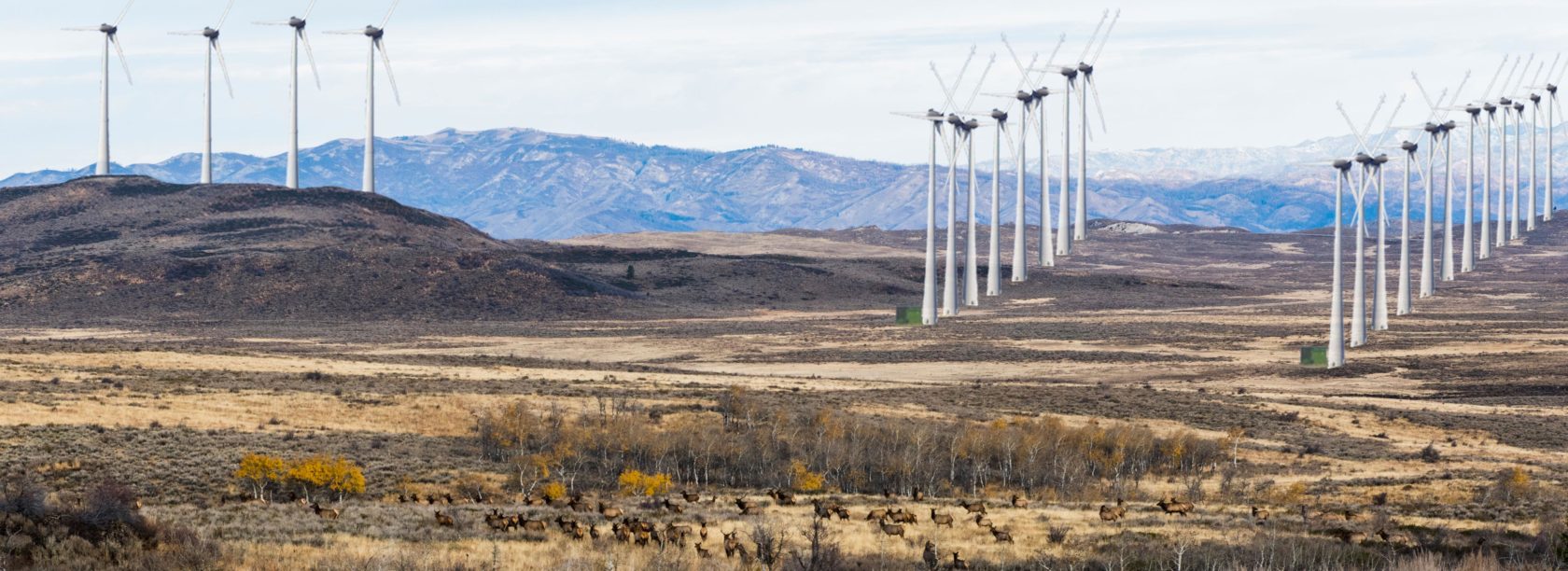An article from the Mountain Home News from Wednesday, July 27, 2016
County P&Z denies permits for alternative energy plan
Plans to build a large scale alternative energy project south of Anderson Ranch Reservoir remained in doubt after the county planning and zoning commission voted against recommending different aspects of the project during a meeting July 13.
At issue were five conditional use permits submitted by Cat Creek Energy LLC to build a combined pump storage hydroelectric, wind and solar energy facility that would be located south of Anderson Ranch Reservoir.
The initial permits were submitted in February 2015, but the county land use and building department didn’t consider the application “complete” until earlier this year.
The corporation’s plan is to generate enough energy for about 400,000 households within the Pacific Northwest and portions of the intermountain region. That energy could be routed over lines within the Bonneville Power Authority.
However, BPA officials stated at a public hearing in June that they are only in the initial stages of talks with Cat Creek on whether it will consider buying that energy. Local residents at that meeting were concerned that if the $1.5 billion project couldn’t sell the planned 550 megawatts of electrical power, the whole project might be abandoned, leaving the county to clean up afterward.
The five permits that Cat Creek Energy is asking the county to approve include construction of transmission lines, the hydro-electrical generating facility, a wind turbine electrical generating facility that would be widely spread across the project’s 23,000 of land and a 480-acre solar energy generating facility.
All those power generating facilities would be located in a less regulated agriculture area of the county. The exception is the pump storage hydroelectric facility, which would be located fully within a more restrictive county designated “area of critical concern.”
The CUP approval process moved forward during a meeting before the county planning and zoning commission June 15. At that hearing, commission members heard about three hours of public testimony from a host of Cat Creek officials and their consultants as well as a number of residents who opposed the project.
With the information gathered at that meeting, combined with more than 7,000 pages of documents already submitted, the planning and zoning department indicated they had enough information to discuss the issues and make a final decision on the five Cat Creek Energy CUPs at this month’s deliberation meeting.
During that meeting, the planning and zoning members were tasked with deciding if the energy project would comply with county ordinances plus provide their reasoning behind their decision.
With 12 different standards that had to be addressed for each CUP, the issues ranged widely, but the main issue the commission dealt with during the deliberations was deciding how harmoniously the project, if built out, would be with the current land use.
When asked if the project would meet county ordinances, comply with state and federal and be harmonious with current land use, the commission members unanimously voted that the project didn’t meet those conditions.
Offering his opinion, commission member Jeff Blanksma said the hydro facility was harmonious with the current land use because there are already two reservoirs in the immediate area. However, he added that the solar and wind turbines facilities would not be harmonious.
Commission member Dave Holland thought the solar power facility would be harmonious if Cat Creek Energy could build a hedge around the portion of the acreage that borders a nearby recreational vehicle park. However, he didn’t consider the wind power portion of the project as harmonious.
Meanwhile, commission member Edward Oppedyk said the proposed 914-acre reservoir would obviously change the entire landscape of the area. Later in the meeting, he indicated that the “change isn’t necessarily a bad thing.”
Commission member Sue Fish said the windmills would definitely negatively change the scenic beauty of the area. She also had concerns about the noise generated by pumping water up the 800-foot bluffs from Anderson Reservoir.
Commission member K.C. Duerig said the new reservoir would change the character of the immediate area, and both the solar and wind turbines would effect the visual beauty of the entire area.
Commission chairwoman Patti Osborn said the proposed reservoir and all the wind turbine towers would not be harmonious to the area. The second part of the process involved what each commission member thought Cat Creek Energy could do to mitigate the negative aspect of the project. Blanksma said there wasn’t anything the applicant could do to make the project fully harmonious with the current land use while Osborn said the location of the entire project probably makes it impossible to meet that requirement.
Duerig said Cat Creek should consider disguising the wind towers and placing them in locations where they would be less visible from people driving on Highway 20.
When the commission members were asked if the project would be hazardous or disturbing to neighbors, there were a wide variety of opinions voiced.
Duerig though that if the applicant planted hedges around the project, it would be harmless to any neighbors, including the nearby RV park. Osborn was quick to disagree with Duerig’s assessment.
Fish thought the solar project would be very disturbing to the RV park, but Holland said the harm to the park owner was just hearsay and never proven.
Oppedyk said the solar facility would disturb the RV park based strictly on the fact that the owner said it would be disturbing during testimony at the June 15 public meeting.
Originally posted on April 26, 2018
